ASA400 Screening Audiometer
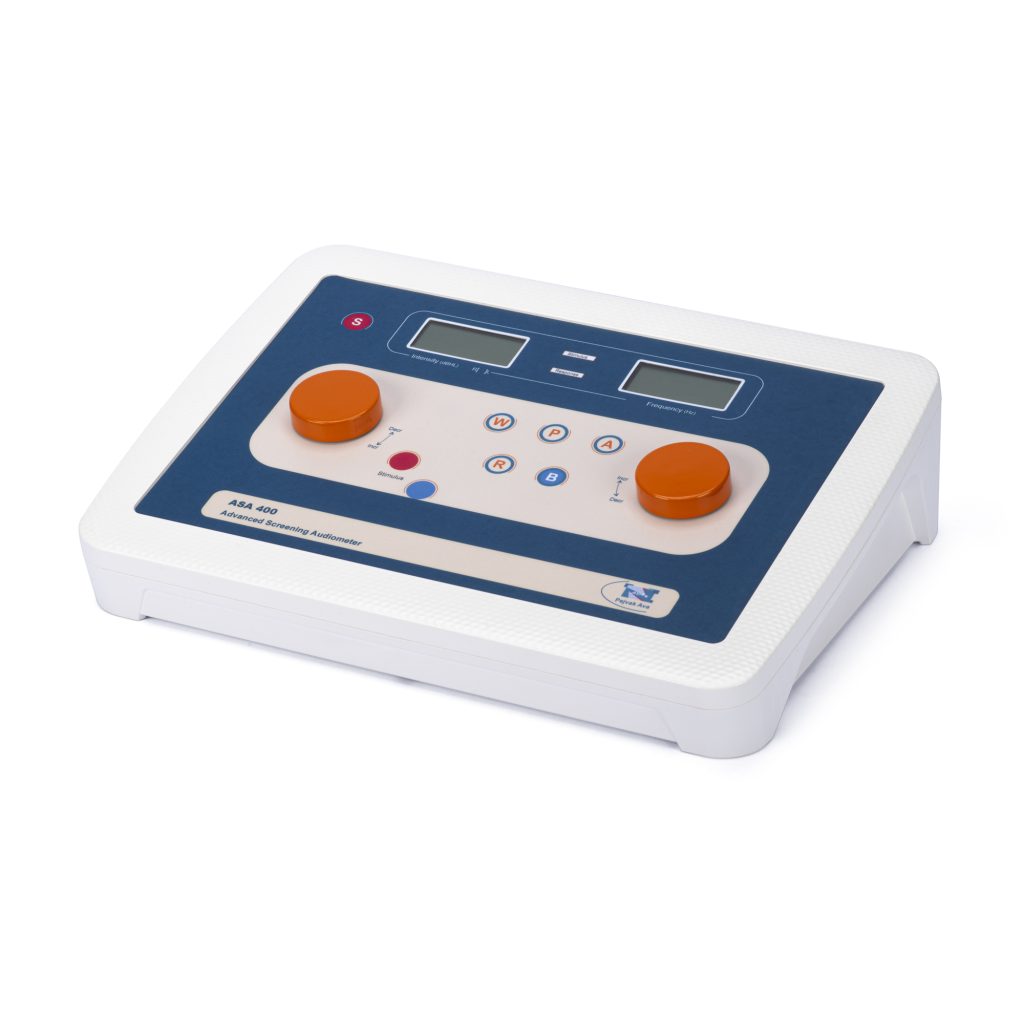
SCREENING AUDIOMETERS
An Audiometer delivers sounds at different frequencies and loudness levels with a circum-aural headphone. The patient raises a hand, presses a button or says “yes” when he/she hears sounds. The audiologist records the responses on an audiogram. Pure-tone testing presents tones across the speech spectrum (500 to 8,000 Hz) to determine if the patient’s hearing levels fall within normal limits. A quiet testing environment, calibrated audiometric equipment, and an audiologist are required for in-office testing. Pure-tone audiometry may help to appropriately refer patients to a clinical audiologist or otolaryngologist.
Baby Comrade
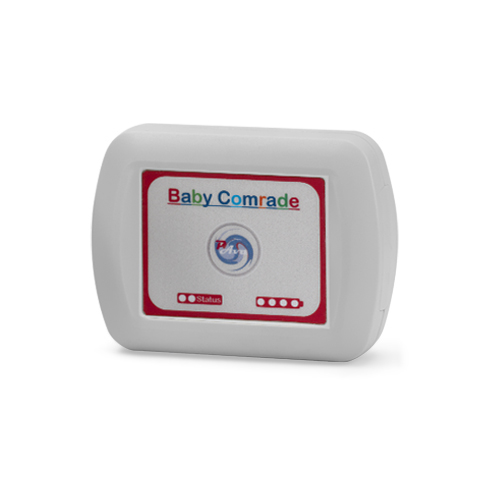
Baby cry signalers
Regular baby monitors often do not generate enough sound for people with hearing loss to determine if their babies are crying. But manufacturers now make transmitters and receivers specifically meant to detect a baby’s crying and transmit it to a central alert system.
SOS Comrade
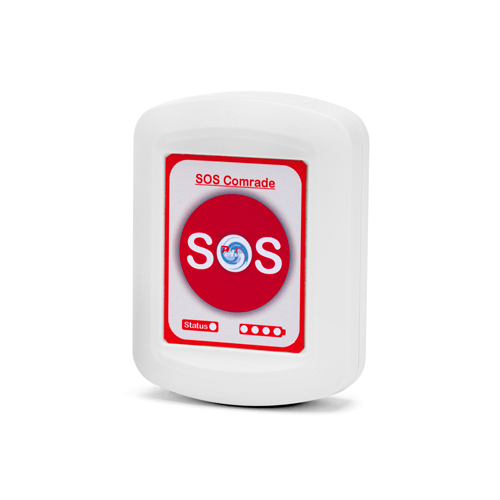
Personal alarms are a convenient way for elderly or disabled people who live alone to call for help if they are injured, or fall, for example. By a light touch the SOS comrade will activates.
Natural gas and carbon monoxide detection system has extra loud alarms as well as flashing strobe lights, depending on your need. There are also bed-vibrating fire alarms that have a component that goes under your pillow or mattress—depending on its strength—and alerts you to a fire by shaking you awake.
Comrade Vibrator
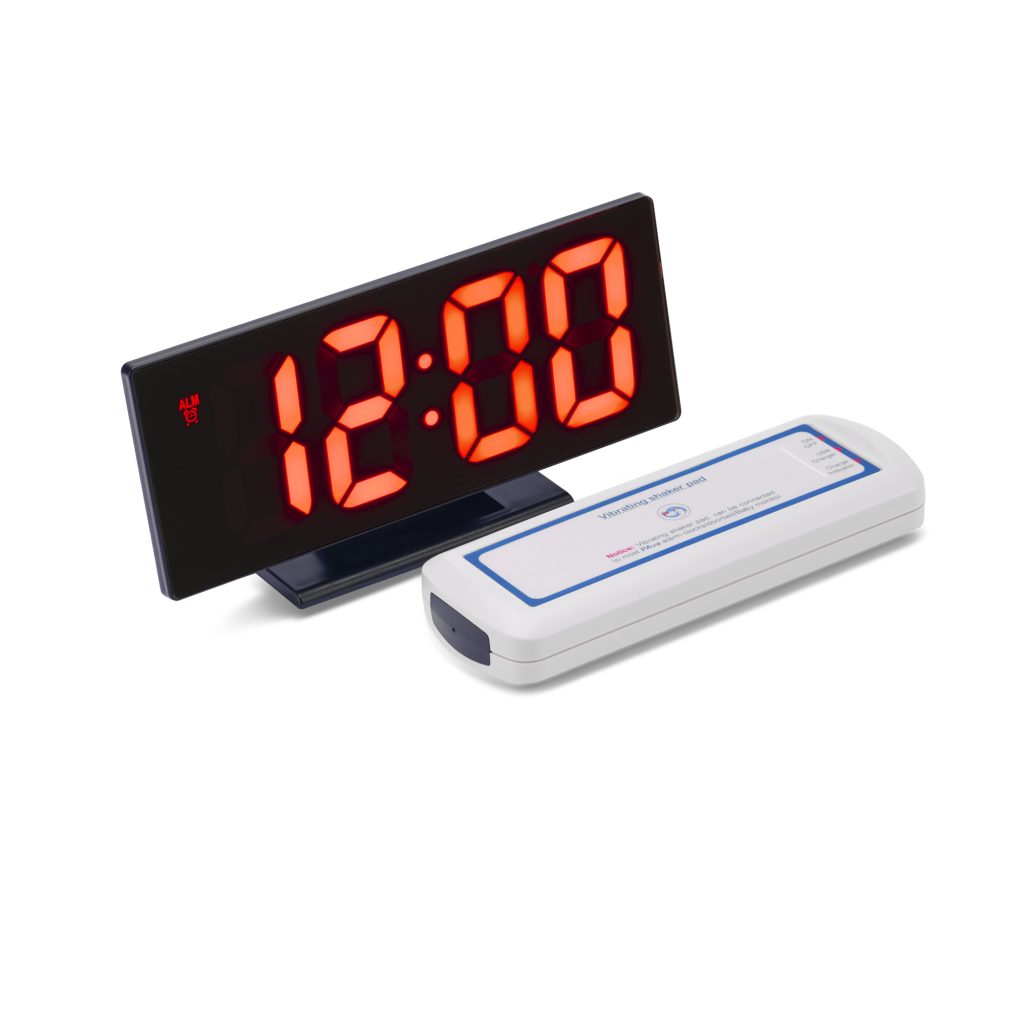
Alarm clocks for the hearing impaired
Hearing a standard alarm clock can be a challenge for people with hearing loss. Specially-designed alarm clocks for people who have hearing loss come in many forms, including those that have built-in strobe lights or bed-shakers and those that have an outlet where you can plug in a vibrating alert, or a lamp to wake you up each morning.
Motion Comrade
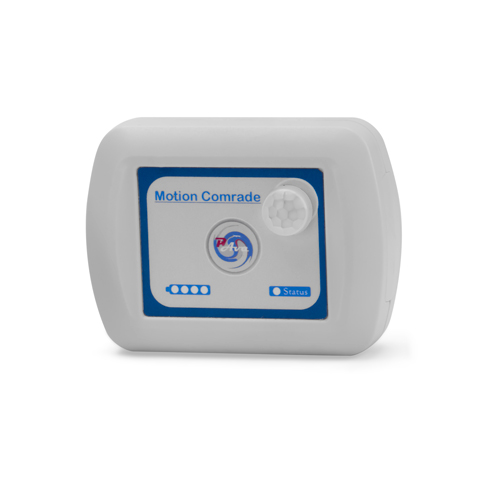
Our Motion Detector keeps an eye on the inside of your home. Use it as part of the alarm system. It detects movements reliably and precisely, instantly sounds an alarm and warns you immediately via lights or vibration if unwanted guests try to gain access to your living spaces.
Door Bell Comrade
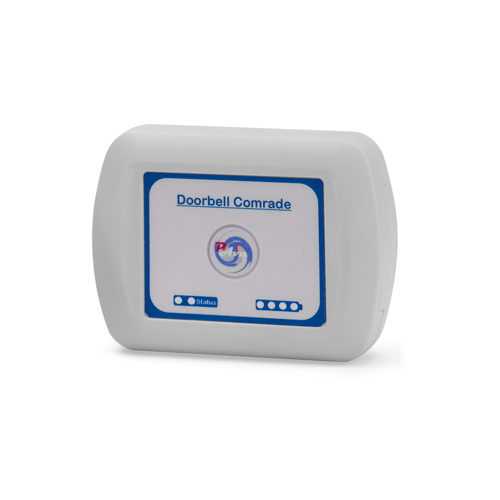
Doorbell signalers
There are doorbell signalers which work with or without an existing doorbell to make sure you know when someone is at the door. There are also security signalers that alert you if a door or window is opened in your home. Door signalers can range from a simple flashing strobe light to a system connected to your phone or one with its very own receiver. There are some that you keep in a central location in your home and they alert you, through a message and/or a flashing light when you’re receiving a phone call or someone is ringing the doorbell.
Tuning Fork
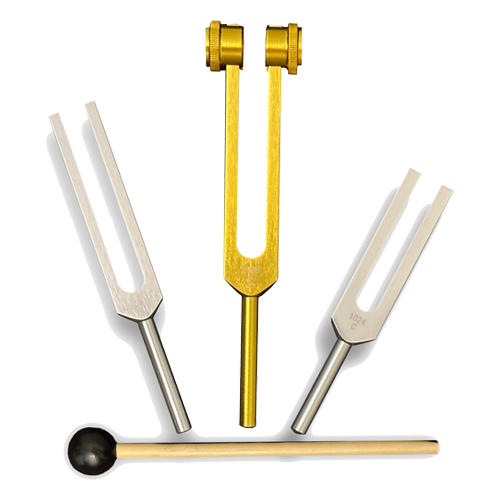
The tuning fork vibrates at a set frequency after being struck on the heel of the hand and is used to assess vibratory sensation and hearing (air conduction and bone conduction).
Tympanometric Cuff
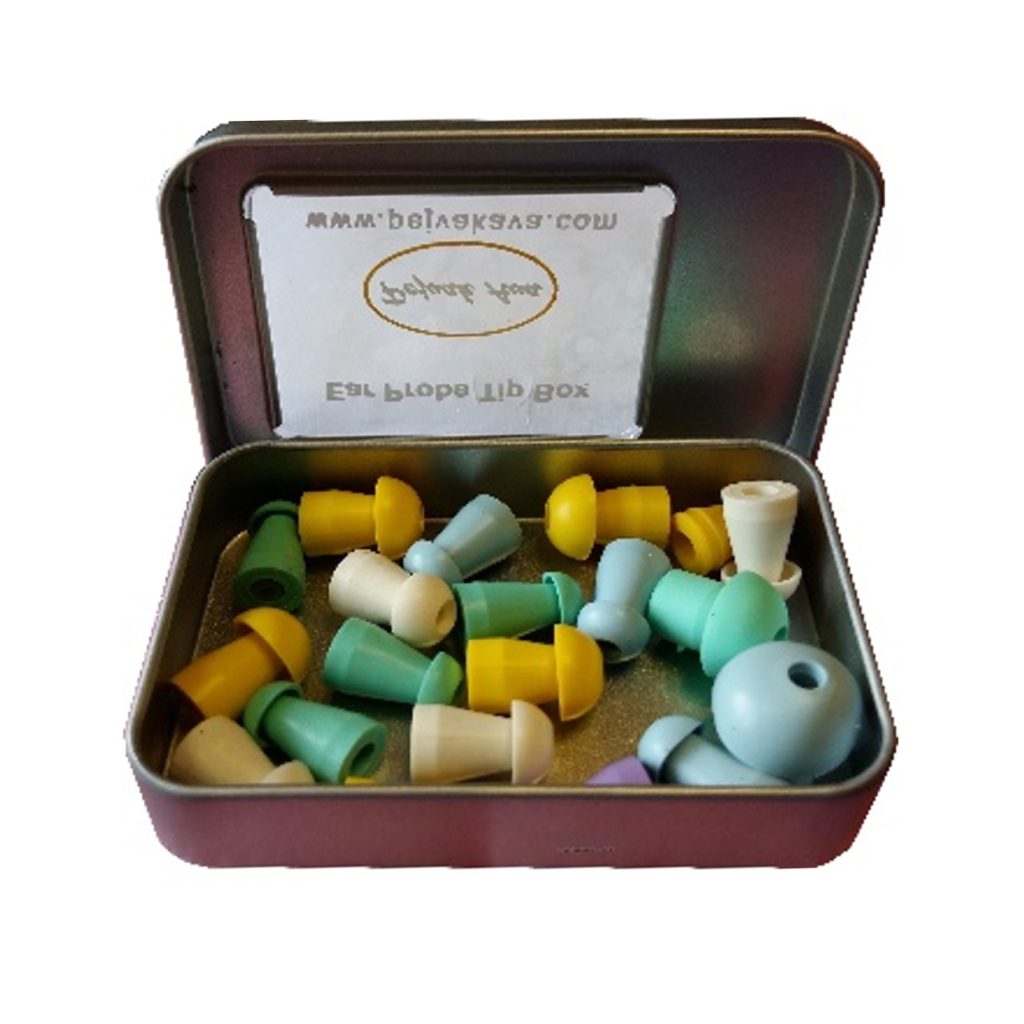
The acoustic reflex and the tympanogram are commonly used to assess middle ear function and are considered best practice. Each test yields invaluable information based on the delivery of acoustic energy (sound) to the ear canal.
Bone Vibrator Cable

New type replacement cable for the bone conductor B71 and B81 from RadioEar.
For B71 transducers from year of manufacture 2019.
Audiometric Headphone Cushion
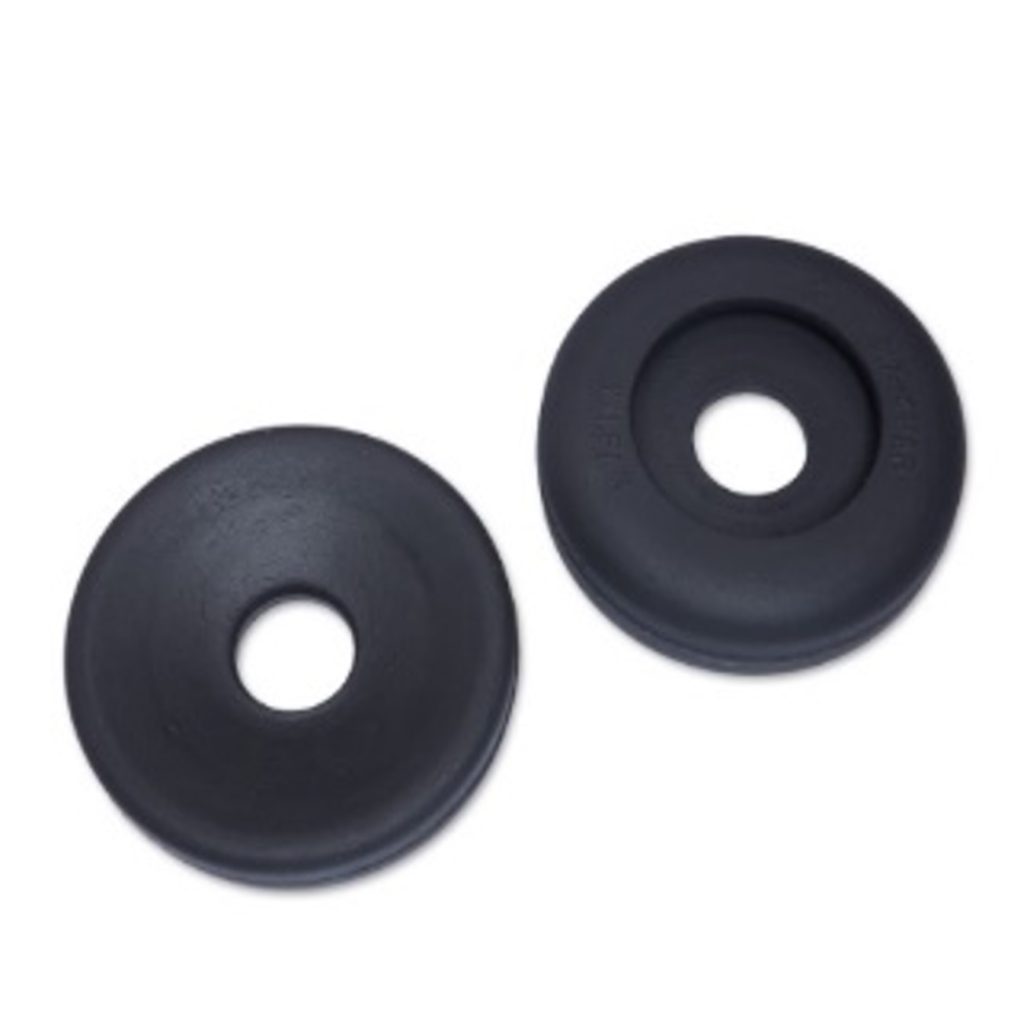
Audiometry is used to measure the sensitivity of hearing across frequencies. During audiometry, sounds are presented to the patient using different types of headphones like TDH-39 and DD-45
